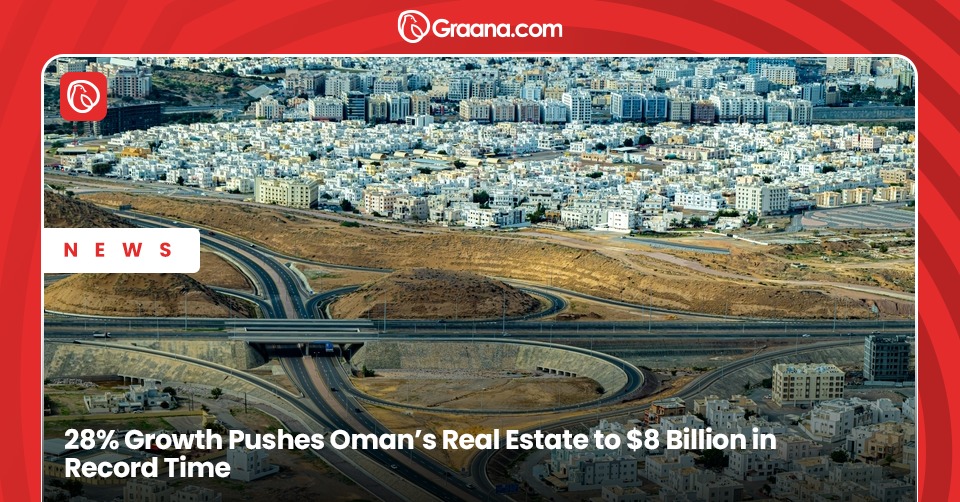Oman’s property sector is making headlines for all the right reasons, with transaction values surging by a remarkable 28.1 percent year-on-year to hit 3.13 billion Omani rials ($8.13 billion) by November 2024. The latest data from the National Center for Statistics and Information (NCSI) highlights the nation’s evolving real estate landscape, driven by key government initiatives and a thriving expatriate population.
Oman’s Real Estate Reforms Pay Off
The surge in Oman’s property market reflects a broader upward trend, with sale contracts climbing 3.1 percent annually to reach 1.1 billion rials. The total number of transactions also increased by 1.9 percent, reaching 61,552 deals by November.
This growth is largely attributed to the Omani government’s strategic reforms, including the relaxation of property ownership laws for foreigners and tax incentives for developers. These initiatives have transformed Oman into an attractive destination for both local and international investors.
Expatriates Fuel Property Demand in Urban Hubs
Oman’s population reached 5.27 million by November, with expatriates accounting for over 43 percent—or roughly 2.28 million people. This growing expatriate community has significantly boosted demand for residential and commercial properties, particularly in urban centers like Muscat and Salalah.
The steady influx of expatriates continues to drive both rental and purchase demand, reinforcing the country’s position as a key real estate market in the region. This trend aligns with Oman’s Vision 2040, which aims to diversify the economy and promote sustainable development.
Vision 2040: Paving the Way for Smart and Sustainable Living
Oman’s Vision 2040 underscores sustainability and innovation in real estate development. The government is actively promoting green construction and smart city initiatives that prioritize energy efficiency and technology-driven solutions.
This future-focused approach has placed Oman at the forefront of sustainable real estate development in the Gulf. Both local and international investors are showing growing interest in projects that align with these green initiatives.
Mortgage Market: Bigger Deals, Fewer Contracts
The mortgage sector recorded a substantial 44.8 percent increase in total value, reaching 2.1 billion rials in the first 11 months of 2024. However, the number of mortgage agreements dropped by 12.2 percent, from 21,461 to 18,846 contracts.
This trend suggests a shift toward higher-value transactions, with fewer but more significant deals being made as property prices rise.
Regional Investments and Swap Contracts on the Rise
Swap contracts—a key part of Oman’s property market—saw a notable boost, with 1,223 deals recorded by November, valued at 12.4 million rials. This marks an 18.1 percent increase from the previous year.
Meanwhile, properties issued to Gulf Cooperation Council (GCC) citizens rose by 6.8 percent, reaching 1,325 in the first 11 months of 2024. This growing interest from regional investors highlights Oman’s appeal as a stable and promising real estate market.
Oman’s Property Market Set for Explosive Growth
Looking ahead, the future of Oman’s real estate sector appears bright. According to market intelligence firm Mordor Intelligence, the residential property market is expected to grow at a compound annual rate of 9.19 percent between 2024 and 2029. This would see the sector expand from $4.38 billion in 2024 to $6.80 billion by the end of the decade.
With its commitment to sustainable development, attractive investment policies, and a rapidly growing population, Oman is well-positioned to continue its real estate boom. The government’s ability to balance modern infrastructure with cultural heritage ensures that the property sector remains a vital pillar of the country’s economic diversification strategy.
In summary, Oman’s real estate market is on a meteoric rise. Driven by innovative policies and a clear vision for the future, the property sector is set to play a crucial role in shaping the country’s economic landscape for years to come.




